Here’s the thing about being a travel enthusiast—the space between trips can feel like purgatory. You know that restless feeling when your passport’s collecting dust and your camera roll is stuck on repeat? Yeah, I’ve been there more times than I care to admit.
But over the years, I’ve figured out something crucial: the time between adventures doesn’t have to feel like you’re in relationship limbo with the world. In fact, it can be just as enriching—if you know how to work it right.
The Post-Travel Crash Is Real (And That’s Okay)
Let’s be honest about something first. Coming home after an incredible trip feels like someone dimmed the lights on your entire existence. Last week you were navigating Tokyo’s neon-lit streets or sipping wine in a Tuscan vineyard, and now you’re staring at your kitchen wondering why everything feels so… beige.
I remember returning from three weeks in Southeast Asia last year, and I literally stood in my apartment for twenty minutes just looking around like I’d never seen the place before. My couch looked different. My books felt foreign. Even my coffee maker seemed to be judging me for abandoning it.
This crash is normal, by the way. Travel psychologists (yes, that’s a thing) call it “reverse culture shock,” and it happens to almost everyone who travels deeply. The key is not fighting it but channeling it into something productive.
Creating Mini-Adventures in Your Own Backyard
One of the most transformative things I’ve learned is that adventure is more about mindset than location. I know, I know—that sounds like something you’d find on a motivational poster next to a sunset. But hear me out.
Become a Tourist in Your Own City
When’s the last time you actually explored your hometown with fresh eyes? I’m talking about the kind of exploration you’d do in Barcelona or Bangkok—no agenda, just curiosity leading the way.
Last month, I decided to spend a Saturday pretending I was visiting my city for the first time. I took public transport to neighborhoods I’d never properly explored, ate at hole-in-the-wall places I’d walked past a hundred times, and even did one of those cheesy walking tours I usually avoid like airline food.
The result? I discovered a speakeasy hidden behind a laundromat, found the best bánh mì outside of Vietnam, and realized I’d been living twenty minutes away from one of the city’s coolest street art districts for three years without knowing it.
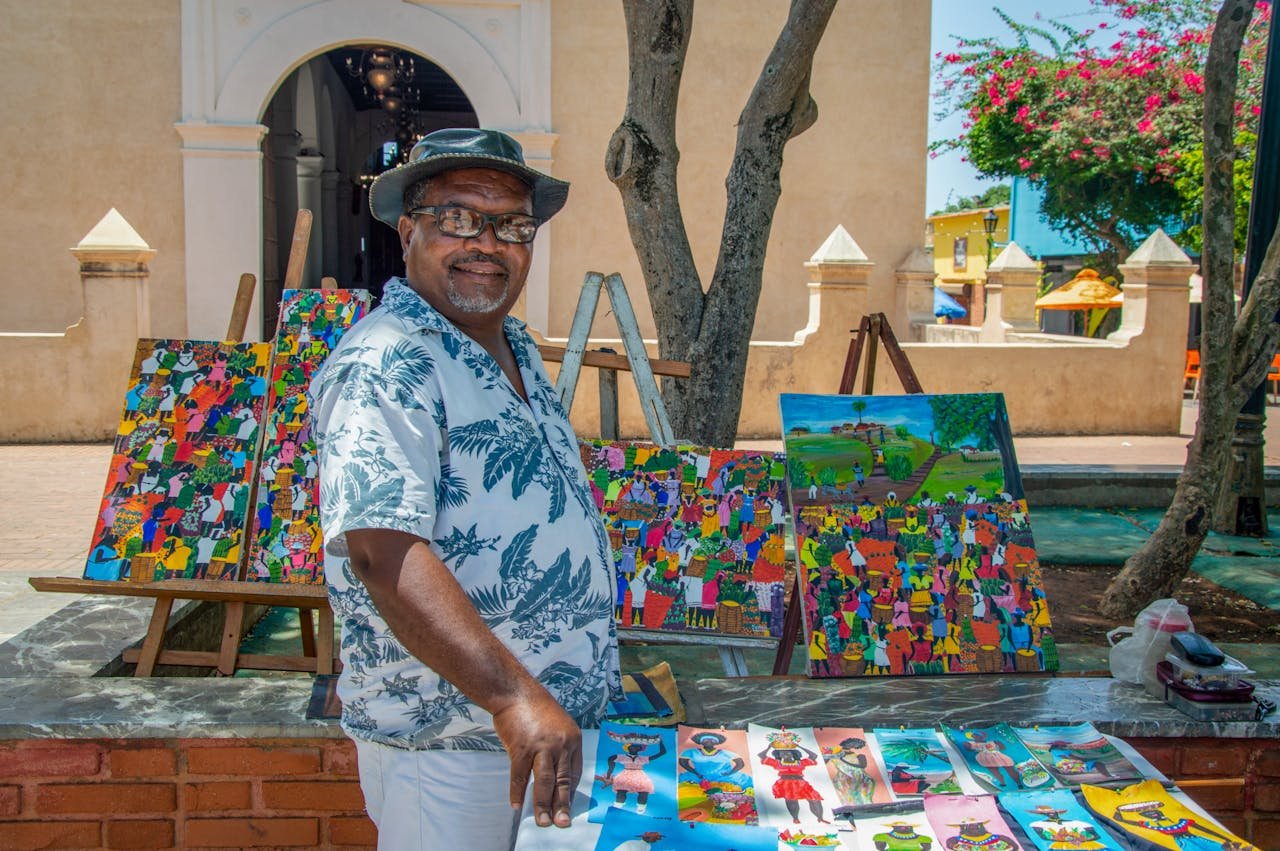
Master the Art of Slow Living
Travel teaches you to be present—mainly because everything’s new and demanding your attention. But home? Home lets you coast on autopilot, which is both a blessing and a curse.
I’ve started treating my non-travel time as an opportunity to go deeper rather than broader. Instead of collecting experiences like passport stamps, I’m learning to savor them like fine wine.
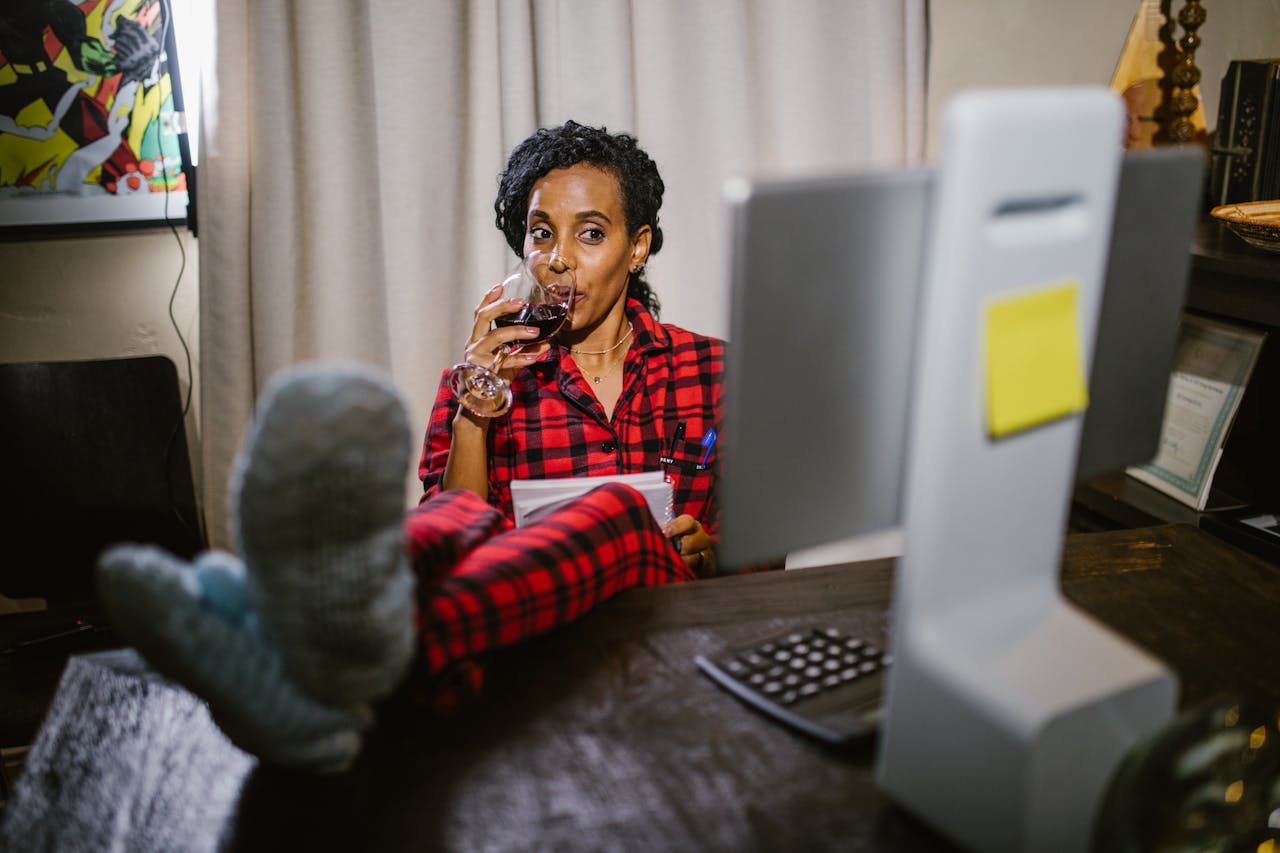
This might mean spending an entire afternoon learning to make proper ramen from scratch (thanks, YouTube university), or finally tackling that photography course I bought during a 2 AM bout of inspiration. The point is depth over breadth—something that’s impossible when you’re trying to see seventeen countries in three weeks.
Travel Planning: The Art of Productive Daydreaming
Here’s where things get interesting. Some of my most productive non-travel time is spent… planning travel. But not in the obsessive, spreadsheet-heavy way that makes your friends avoid you at dinner parties.
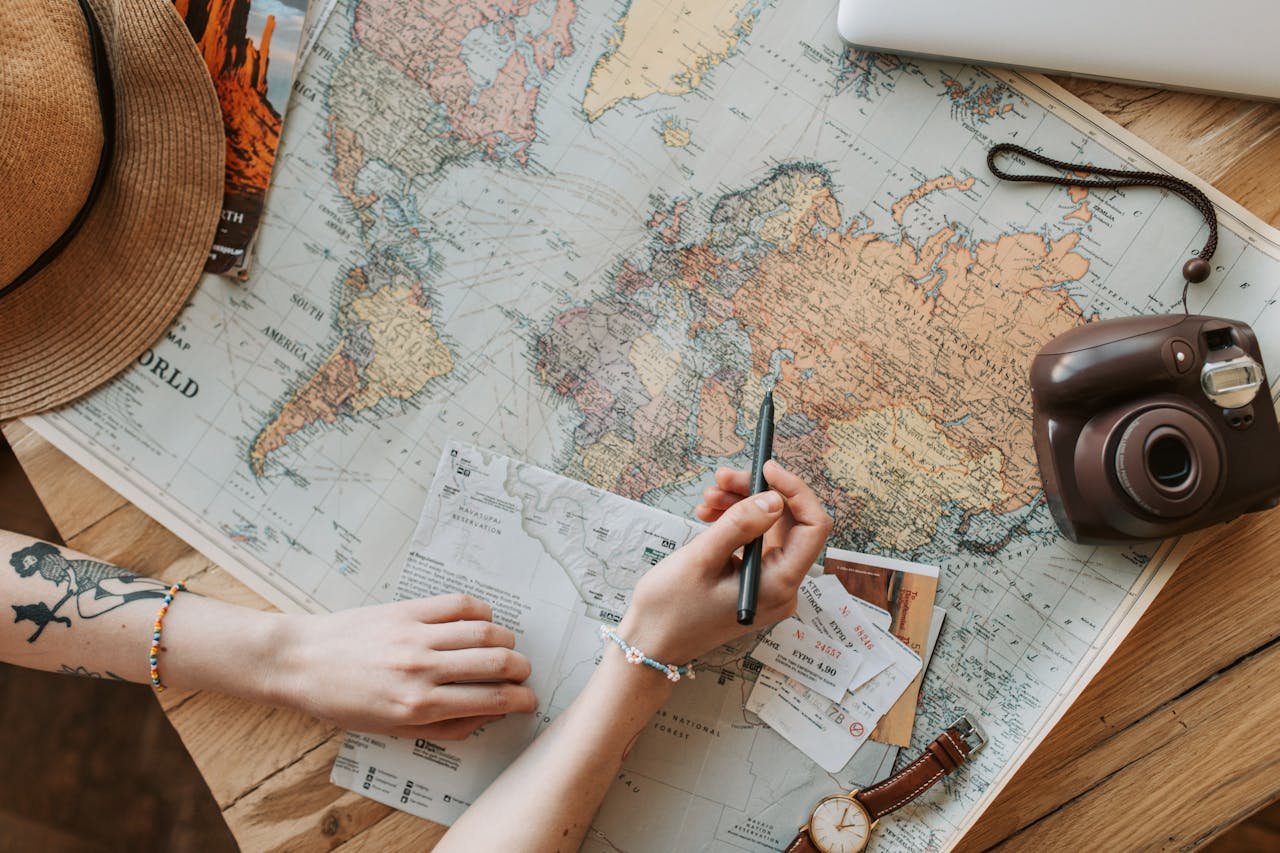
Research That Actually Feels Like Adventure
I’ve turned travel research into its own form of entertainment. Saturday mornings might find me deep in a Wikipedia rabbit hole about the history of Georgian architecture in Tbilisi, or watching Anthony Bourdain explore parts of the world I’ve never considered.
There’s something almost meditative about this kind of armchair exploration. You’re not just planning a trip—you’re building context, developing preferences, and honestly, living vicariously through other travelers’ experiences.
The Joy of Over-Planning (Sometimes)
Look, I used to be one of those “we’ll figure it out when we get there” travelers. And sometimes that works beautifully. But there’s also something deeply satisfying about crafting the perfect itinerary, even if you end up throwing it out the window once you’re actually there.
Creating detailed travel plans scratches the same itch as actual travel—you’re problem-solving, imagining new experiences, and getting that little dopamine hit of anticipation. Plus, when you finally do take that trip, all that research pays off in ways you wouldn’t expect.
Cultivating Your Inner Travel Documentary
One thing I’ve noticed about seasoned travelers: they’re incredible storytellers. Every conversation becomes a mini-documentary about that time in Morocco or the best meal they had in Seoul.
Document Everything (Yes, Even the Boring Stuff)
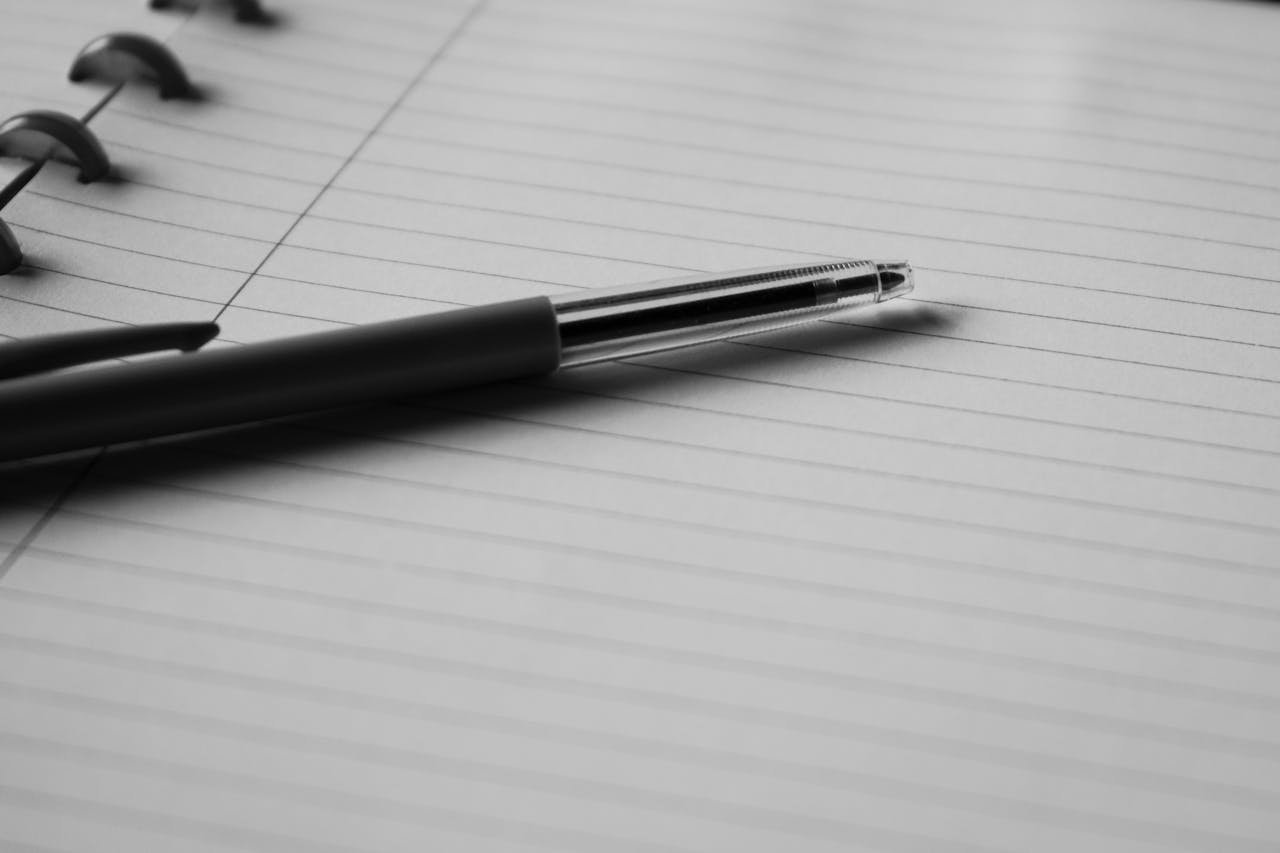
During my non-travel periods, I’ve started documenting my local adventures with the same enthusiasm I’d bring to exploring Patagonia. That Saturday afternoon exploring my city? I documented it like I was creating content for National Geographic.
The funny thing is, this practice has made me better at traveling, too. When you’re used to finding the extraordinary in the ordinary, you’re more likely to notice the small details that make a place special.
Learn Languages Like You Mean It
Nothing makes you feel more connected to your future travels than actually being able to communicate when you get there. I’m not talking about memorizing “Where is the bathroom?” in seventeen languages (though that’s useful too).
I mean really digging into a language, understanding its rhythm, its cultural context, its weird idiosyncrasies. I’ve been working on my Italian for the past year, and it’s transformed how I think about my next trip to Italy. Instead of just planning to see the Colosseum, I’m planning conversations with locals about everything from politics to pasta preferences.
The Fine Art of Staying Curious
Travel changes you because it forces you to question assumptions and see the world differently. The trick is maintaining that curious mindset even when you’re surrounded by the familiar.
Read Like Your Next Trip Depends on It
My reading habits have become completely travel-influenced, and honestly, it’s made both my reading and traveling better. I’ll pick up novels set in places I want to visit, biographies of people who’ve lived the kind of life I’m curious about, or histories of regions I’m planning to explore.
Reading Haruki Murakami before visiting Japan gave me a completely different lens for understanding the country. Same with reading Isabel Allende before heading to Chile, or diving into Egyptian mythology before seeing the pyramids.
Cook Your Way Around the World
This might sound cliché, but cooking has become my favorite way to travel without moving. And I don’t mean just ordering takeout from different cuisines—though there’s nothing wrong with that either.
I mean actually learning techniques, understanding ingredients, and failing spectacularly at dishes that looked simple on YouTube. My kitchen has become a laboratory for edible adventures, and some of my best non-travel memories involve finally nailing a perfect curry or successfully making dumplings that don’t look like sad little pouches.
Building Your Travel Fund (And Actually Enjoying It)
Let’s talk about something less romantic but equally important: money. Travel costs money, and the time between trips is prime time for building up your adventure fund.
Make Saving Feel Like a Game
I’ve gamified my travel savings in ways that would probably embarrass my financial advisor. Every time I resist buying something I don’t really need, that money goes into what I dramatically call “The Adventure Fund.” Every freelance project, every small windfall, every time I choose to cook instead of ordering delivery—it all adds up.
But here’s the key: I don’t just watch numbers grow in a savings account. I’ve created a visual representation of my goals. Maybe it’s a world map where I color in countries as I save enough to visit them, or a jar where I can literally see my next adventure taking shape coin by coin.
Develop Skills That Pay for Travel
One of the smartest things I ever did was turning my travel obsession into a side income. This doesn’t mean you need to become a full-time travel blogger (the market’s pretty saturated, and honestly, it’s harder than it looks).
But maybe you can freelance as a travel consultant for friends, write about local experiences for regional publications, or even offer your services as a local guide through platforms like Airbnb Experiences. The point is leveraging your travel knowledge and enthusiasm in ways that fund your next adventure.
The Social Side of Staying Put
Travel has this amazing way of forcing you to be social—you’re constantly meeting new people, whether you want to or not. At home, it’s easy to hibernate with Netflix and convince yourself you’re being “social” because you liked someone’s Instagram post.
Host Like You’re Running a Boutique Hotel
One of my favorite non-travel activities has become hosting friends, family, or even travelers passing through my city. I approach it with the same attention to detail I’d want from a great host abroad.
This means researching the best local experiences for my guests, creating little welcome packages with local treats, and basically treating my home like a boutique bed and breakfast. It sounds extra, but honestly, it’s taught me so much about hospitality and has created some of my favorite memories.
Join the Tribe
Every city has communities of people who share your wanderlust. Finding your tribe—whether it’s through travel meetups, language exchange groups, or photography clubs—can make your non-travel time feel less like you’re in exile from the world.
I’ve joined a local adventure photography group, and our weekend photo walks around the city have become some of my favorite activities. We explore places I’d never find on my own, and I get to practice skills I’ll use on my next big trip.
The Gear Game (Yes, It’s Actually Fun)
I used to think people who obsessed over travel gear were missing the point. Then I became one of them, and honestly, I regret nothing.
Research and Test Everything
My non-travel time has become prime time for gear research and testing. This doesn’t mean buying everything that catches my eye (my wallet couldn’t handle that), but it does mean being strategic about upgrades and additions.
I’ll spend weeks researching the perfect daypack, reading reviews, watching YouTube videos, and finally pulling the trigger on something that’ll make my next adventure more comfortable. Then I test it extensively at home—hiking local trails, using it for daily activities, making sure it’s going to work when I’m navigating cobblestone streets in Prague or temple steps in Cambodia.
Create a Travel Wardrobe
Building a travel wardrobe has become its own hobby. I’m not talking about buying an entire new wardrobe for every trip, but rather curating pieces that work together, pack efficiently, and can handle whatever adventure I throw at them.
This process has actually made me more thoughtful about all my clothing purchases. When you start thinking about whether something will pack well, dry quickly, and look decent after being stuffed in a backpack, you become a much more intentional shopper.
Top Products and Services for Non-Travel Time
Here are some resources and tools that have made my time between trips more productive and enjoyable:
Learning and Planning Resources
- Duolingo – Free language learning that actually works for travel prep
- MasterClass – Learn photography, writing, cooking, and other travel-relevant skills from experts
- Rick Steves Audio Guides – Free audio tours you can use for local exploration practice
- Atlas Obscura – Discover weird and wonderful places in your own backyard
- Lonely Planet Thorntree Forum – Connect with fellow travelers and get insider tips
Gear and Equipment
- REI Co-op – Quality outdoor gear with excellent return policies for testing
- Patagonia – Sustainable travel clothing that lasts forever
- Peak Design – Camera gear and travel accessories designed by travelers
- Osprey Packs – Backpacks with lifetime warranties and excellent customer service
- Merino Wool Co – Travel-friendly clothing that doesn’t smell after weeks of wear
Experiences and Services
- Airbnb Experiences – Local activities in your city you probably don’t know about
- GetYourGuide – Book local tours and activities for practice runs
- Viator – Day trips and experiences for exploring your region
- Skillshare – Learn travel photography, travel blogging, and other relevant skills
- World Nomads Travel Insurance – Research and compare travel insurance options
Food and Culture
- Blue Apron – International recipe boxes for cooking adventures at home
- Williams Sonoma – Quality cookware for mastering international cuisines
- Local Harvest – Find farmers markets and local food experiences
- Goldbelly – Authentic regional foods delivered to your door
- The Culture Trip – Cultural insights and local recommendations for future trips
The Mindset Shift That Changes Everything
Here’s what I’ve learned after years of struggling with the space between adventures: the goal isn’t to make home feel like you’re traveling. It’s to bring the best parts of your travel mindset home with you.
When you travel, you’re naturally curious, open to new experiences, and present in the moment. You notice details you’d normally miss. You’re willing to try things that might not work out. You talk to strangers. You document experiences. You savor meals instead of inhaling them.
None of these things require a passport.
The magic happens when you realize that the person you become when you travel—more open, more curious, more alive—doesn’t have to be reserved for vacation. That person can show up for Tuesday afternoon in your hometown just as easily as they show up for sunrise over Angkor Wat.
Making Peace with the Pause
I think we’ve been conditioned to see the time between trips as something to endure rather than enjoy. Like it’s just a waiting period before real life resumes. But what if it’s not?
What if those quiet months at home are just as important as the passport-stamping adventures? What if they’re where you process what you’ve learned, plan what comes next, and maybe even discover that adventure isn’t a place you go—it’s a way you choose to see the world?
I’m not saying you should stop traveling or that staying home is just as good as exploring new places. That would be nonsense, and we both know it. But I am saying that the skills, perspectives, and curiosity that make you a good traveler can make you better at being human, whether you’re in Bangkok or Birmingham.
The next time you find yourself between adventures, remember: you’re not stuck. You’re not waiting. You’re preparing. And sometimes, the preparation is just as important as the journey itself.
Frequently Asked Questions
What activities help with travel withdrawal after returning home?
Answer: Focus on local exploration, cooking international cuisines, learning languages related to your travels, documenting your recent experiences through journaling or blogging, and planning future trips. These activities help maintain that sense of adventure while processing your travel memories.
How can I satisfy my wanderlust without actually traveling?
Answer: Try armchair travel through documentaries and books, explore your own city like a tourist, join travel meetup groups, learn new languages, cook authentic dishes from places you want to visit, and engage with travel communities online.
What are the best ways to stay motivated for future travel during long breaks?
Answer: Create a visual savings tracker for your travel fund, research and plan future destinations in detail, learn skills that will enhance your next trip (photography, languages, cultural knowledge), and connect with other travelers through forums or local meetups.
How do I make the most of time between big trips?
Answer: Use this time for deep local exploration, skill development, travel fund building, gear research and testing, cultural immersion through food and media, and reflecting on past travel experiences through writing or photo organization.
What hobbies complement a travel lifestyle when you’re at home?
Answer: Photography, cooking international cuisines, language learning, cultural studies, outdoor activities like hiking, travel blogging or vlogging, reading travel literature, and practicing skills like navigation or cultural etiquette.
How can I explore my own area with a traveler’s mindset?
Answer: Take public transportation to unfamiliar neighborhoods, try restaurants serving cuisines you’ve never tasted, visit local museums and cultural sites, take walking tours, attend cultural festivals, and approach your city with the same curiosity you’d have abroad.
What are effective ways to save money for travel during downtime?
Answer: Automate savings transfers, gamify your saving process, reduce unnecessary expenses like frequent dining out, develop travel-related side income streams, and treat every avoided purchase as a contribution to your adventure fund.
How do I deal with post-travel depression or reverse culture shock?
Answer: Acknowledge that these feelings are normal, gradually reintegrate by maintaining some travel routines at home, process your experiences through journaling, stay connected with people you met while traveling, and start planning your next adventure.
What skills should I develop during breaks from traveling?
Answer: Language skills for your next destination, photography and videography, cooking international cuisines, cultural knowledge about future destinations, navigation skills, travel writing, budgeting and planning abilities, and outdoor/adventure skills.
How can I maintain travel connections and friendships when I’m not on the road?
Answer: Stay active on travel communities online, host travelers in your city, maintain social media connections with people you’ve met, join local expat or international communities, and participate in cultural exchange programs or language partnerships.

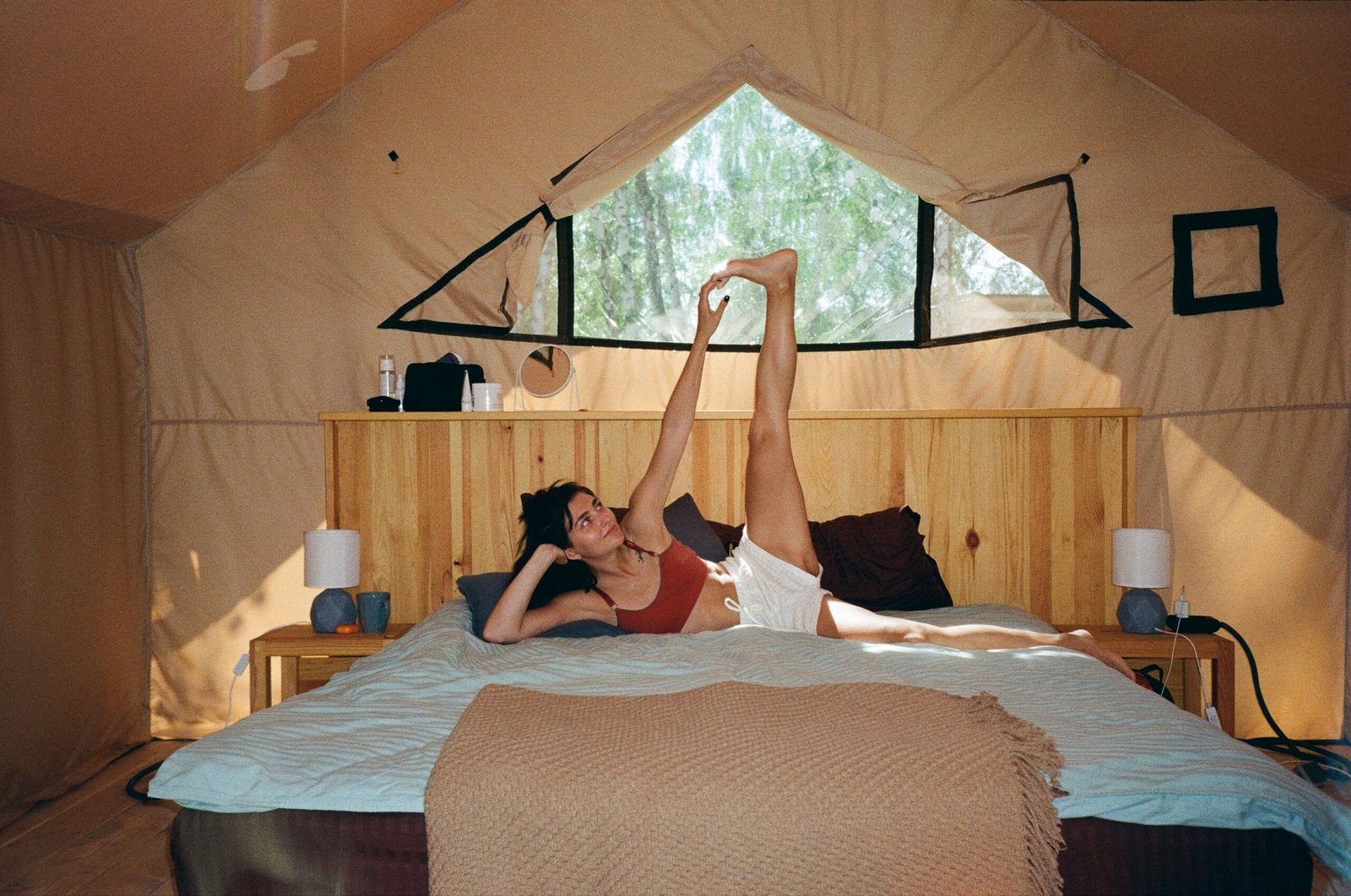
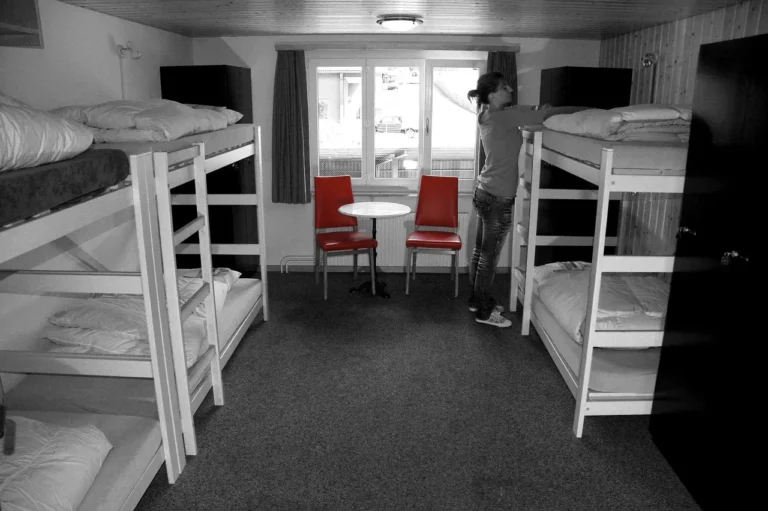
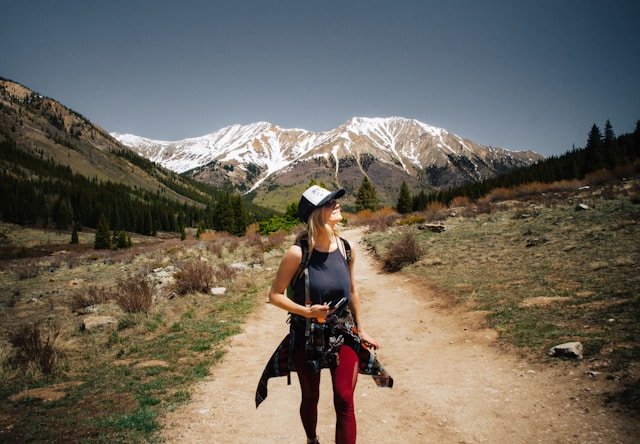
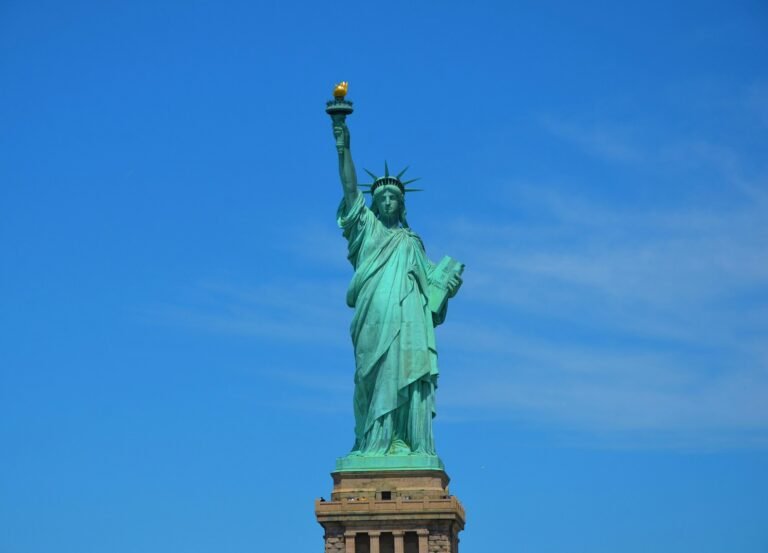
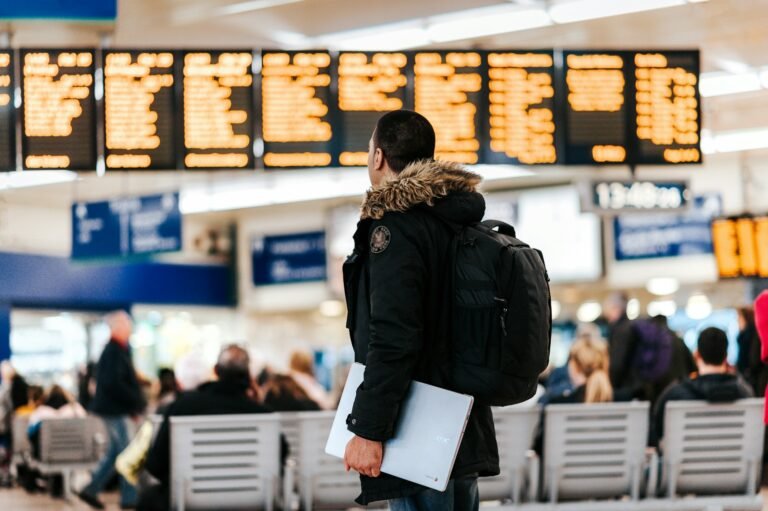
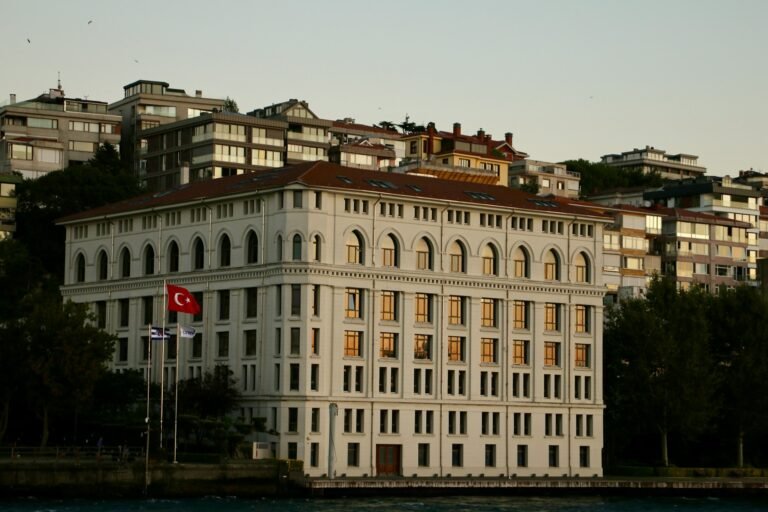
Thank you for your sharing. I am worried that I lack creative ideas. It is your article that makes me full of hope. Thank you. But, I have a question, can you help me?